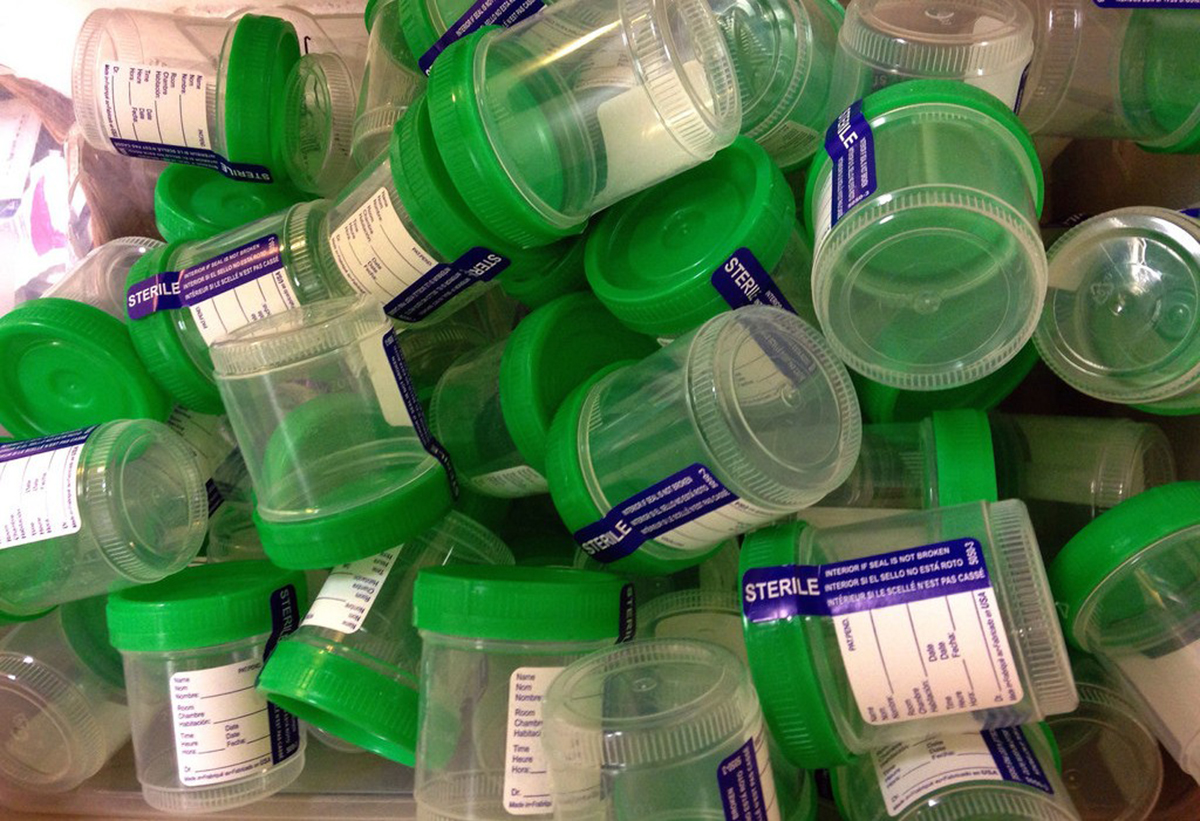Table of Contents
When your doctor requires a urine sample analysis you are given a sterile plastic container and are told to fill it with the first urine of the morning. This is the standard urine sample that is used by clinical chemists for analysis, but there are other specifications that they may ask you to fulfill, depending on what the suspected diagnosis is.

For example, sometimes doctors need to evaluate how our kidneys work during a whole day, so you are asked to collect the urine during 24 hours. In any case, it is important to follow your doctors instructions, otherwise you could be altering your sample and affecting the results.
Checking for cells and substances in urine
When a sample reaches the laboratory, it is imperative that it is analyzed right away. It can be stored for an hour or so in the fridge but no more than that. The reason is because if there are bacteria in the sample, they can reproduce and give false results. Also, some chemical components can start degrading or forming crystals that will also affect the final analysis.
After this, the chemical analysis is performed using small strips that change color depending on the contents of the urine. These strips are designed to tell the acidity level and confirm the presence of proteins, glucose, nitrites or cells in the urine. The strip tests are very easy to perform, because strips just need to be in contact with the urine sample for a few seconds.
Here is an example of an abnormal chemical test result: high levels of nitrites, basic pH and the presence of white blood cells, also called leukocites. All these could be a sign of bacterial infection.
Microscopic and microbiological analysis
Urine is also observed under the microscope in order to confirm the presence of bacteria and red or white blood cells. Analysts have the required experience to differentiate between cells and to know when they are present in an abnormal quantity.
Finally, a very small volume of urine is cultured in order to determine if bacteria are present or not. How?
See Also: Protein in urine: Causes & Risk factors
For this type of analysis, the analyst takes a drop of urine and puts it on the surface of the gelatin, or agar. Then, agar plates are stored at a proper temperature for bacteria to grow and are analyzed during the next three consecutive days. Urine is a sterile liquid, so there should be no bacteria or very few non-pathogenic bacteria present in the urine culture; otherwise, bacterial growth will indicate a bacterial infection of the urinary tract.
- Photo courtesy of The U.S. Army by Flickr : www.flickr.com/photos/soldiersmediacenter/3305931561
- Photo courtesy of Steven Depolo by Flickr : www.flickr.com/photos/stevendepolo/12005551606


Your thoughts on this